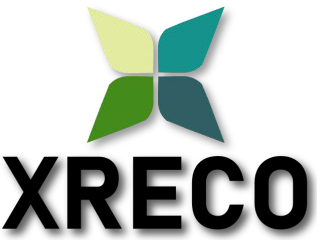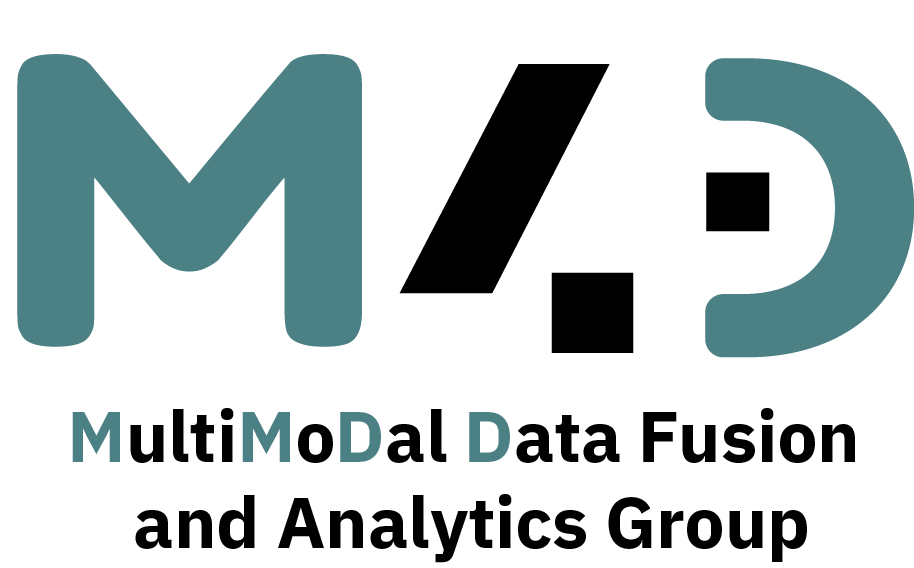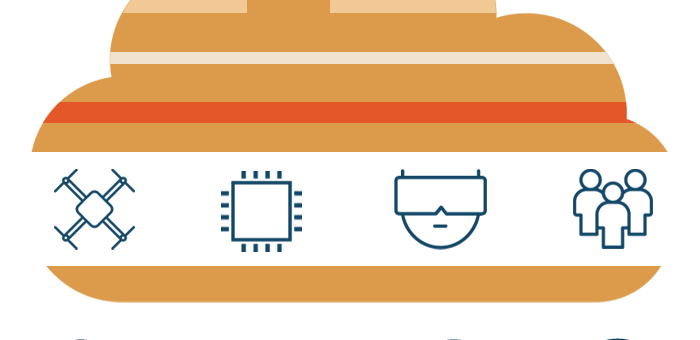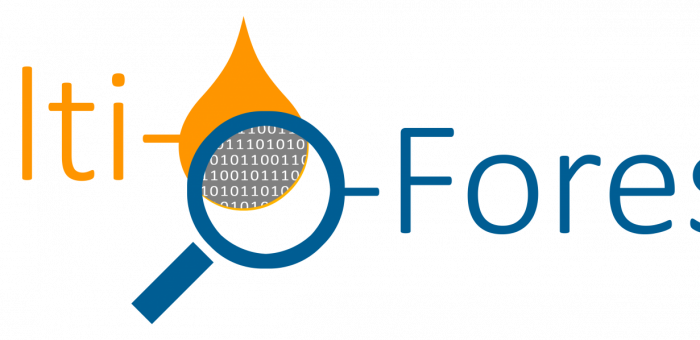
XRECO
XRECO XR mEdia eCOsystem While media organisations increasingly support non-linear experiences for the consumer, those are still limited to single channels and media domains. Although several media organisations have recently succeeded in breaking data silos, data sharing is mostly limited to the organisation. Thus, there are challenges for producing content feeding multiple channels with different granularities and structures, mainly related to data discovery, management and (re-)use. XRECO will create a new data-driven ecosystem for the media industry, focusing on facilitating data sharing, search and discovery and supporting creation of news and entertainment content, in particular, the creation and (re-)use of location-related 2D and 3D assets and the creation of XR experiences. The ecosystem core, represented by a Neural Media Repository (NMR), will foster inter-organisation content sharing and provide increased access…











